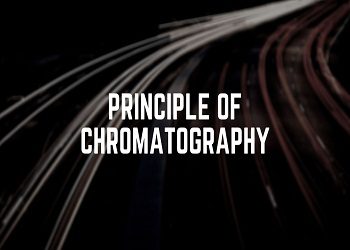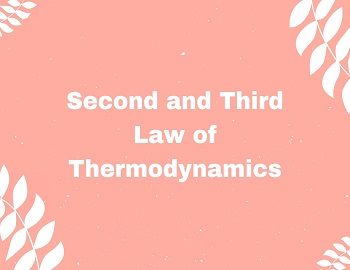Table of Contents
What is Chromatography?
Chromatography is the most modern and versatile method used for the separation and purification of organic compounds. This method was first discovered by Tswett, a Russian botanist, in 1906 for the separation of colored substances (plant pigments) into individual components. Now, this method is widely used for separation, purification, identification, and characterization of the components of the mixture, whether coloured or colourless.
Chromatography is essentially a physical method of separation. It is defined as follows-
The techniques of separating the components of a mixture in which separation is achieved by the differential movement of individual components through a stationary phase under the influence of a mobile phase.
Principle of Chromatography:
In chromatography two mutually immiscible phase are brought into contact, one phase is stationary and the other mobile. A sample is introduced in the mobile phase. The sample is carried along through a column containing a distributed stationary phase. Species in the sample undergo repeated interactions between the mobile phase and the stationary phase. When both phases are properly chosen, the sample components are gradually separated into bands on the stationary phase. At the end of the process, separated components come out in order of increasing interaction with the stationary phase. The least bound component comes out first.
The separation column is the main component of the chromatographic technique. It provides versatility in the type of analysis that can be done. This versatility is due to the wide choice of materials for stationary and mobile phase. It makes it possible to separate molecules that differ only slightly in their physical and chemical properties.
The various principles involved in the chromatography are-
Adsorption:
In this technique, the separation of solute between the stationary solid phase and the mobile phase (liquid or gas) occurs due to the small difference in the adsorption behaviour of substances on the two phases. If the mobile phase is a liquid, it is called liquid-solid chromatography or adsorption column chromatography and if the mobile phase is gas, it is called gas-solid chromatography.
Partition:
In this technique, separation of a mixture of substances is achieved by partition of substances between a mobile phase (liquid or gas) and a stationary liquid phase which is held on a suitable solid support. Thus, distribution of substances occurs throughout the stationary phase and not only on the surface as in case of adsorption. Hence, in partition chromatography, the solubility of substances in two phases play a major role in separation.
Ion-exchange:
A permeable polymeric solid having mobile counter-ions acts as a stationary phase. When the mobile phase carries solute molecules through the permeable structurte of stationary phase, exchange of ions of the solute with the mobile counter ions take place.
Exclusion:
The stationary phase is a gel which has a large number of small-sized pores into which small solute molecules (up to a certain critical size) can diffuse. Bigger solute molecules are excluded from the gel. Separations occur due to variations in the extent to which the solute molecules can diffuse through an inert and porous stationary phase.
General Experimental Technique of Chromatography:
All types of chromatography have many similarities in the experimental techniques, basic principles, and operating conditions.
The main experimental procedure includes the following sequences:
- Preparation of the stationary phase.
- Introduction of the sample.
- Passing the sample over the stationary phase.
- Collecting the individual components for quantitative or qualitative purposes.









Comments (No)